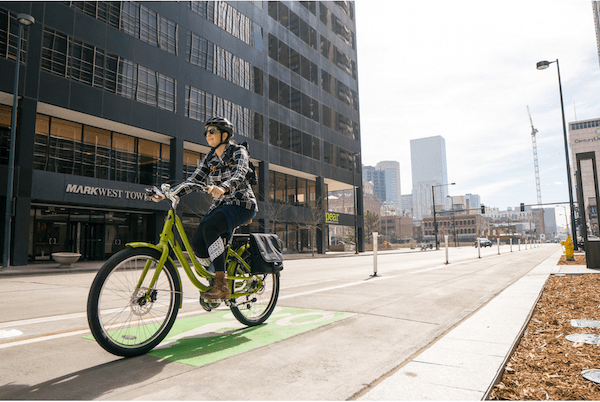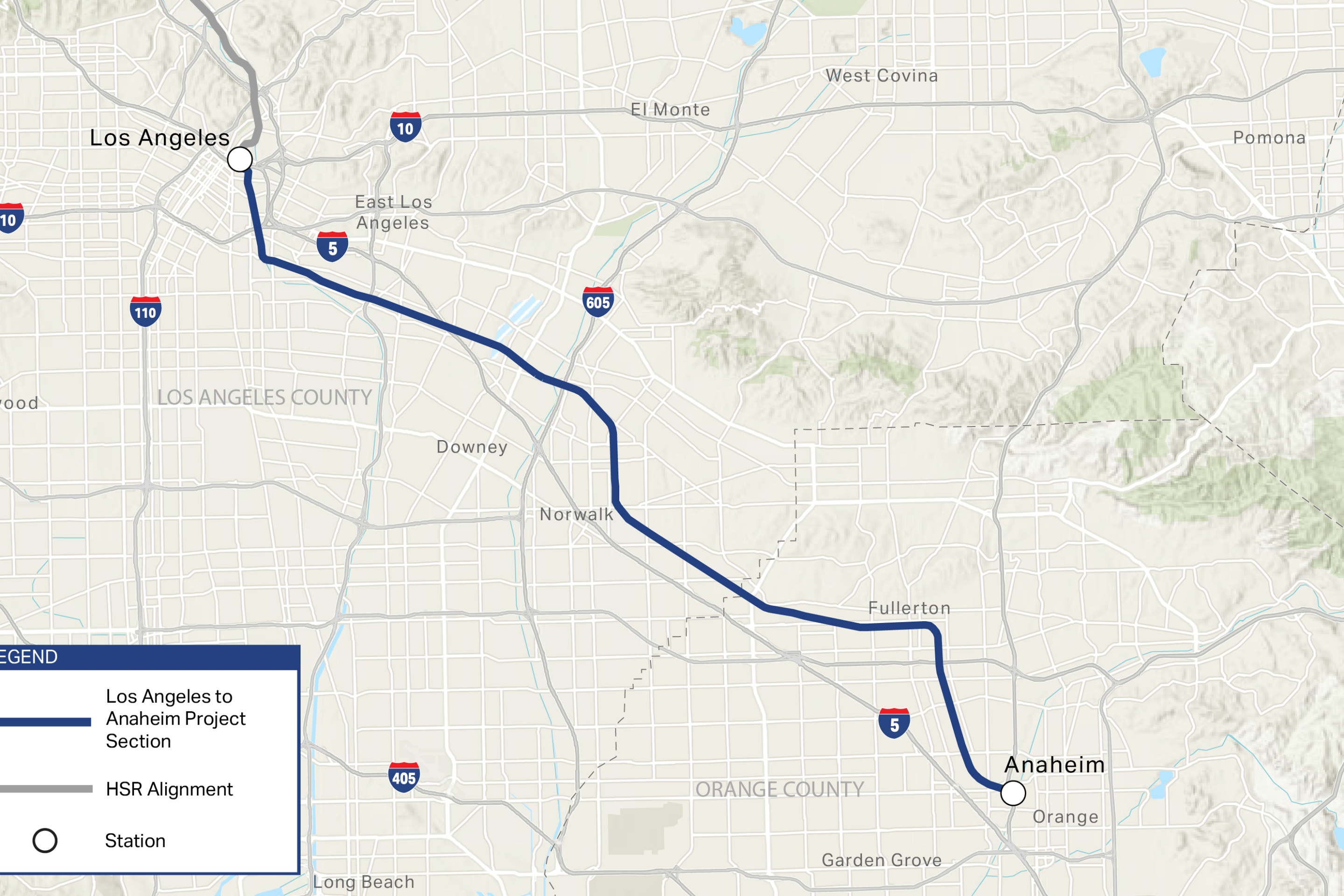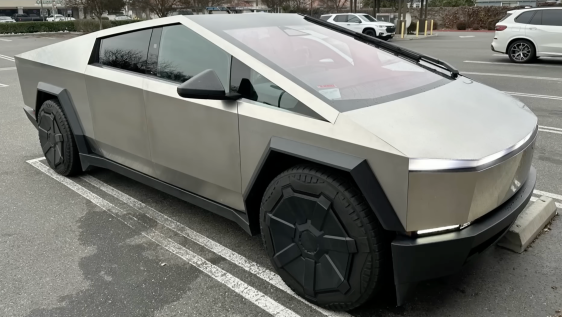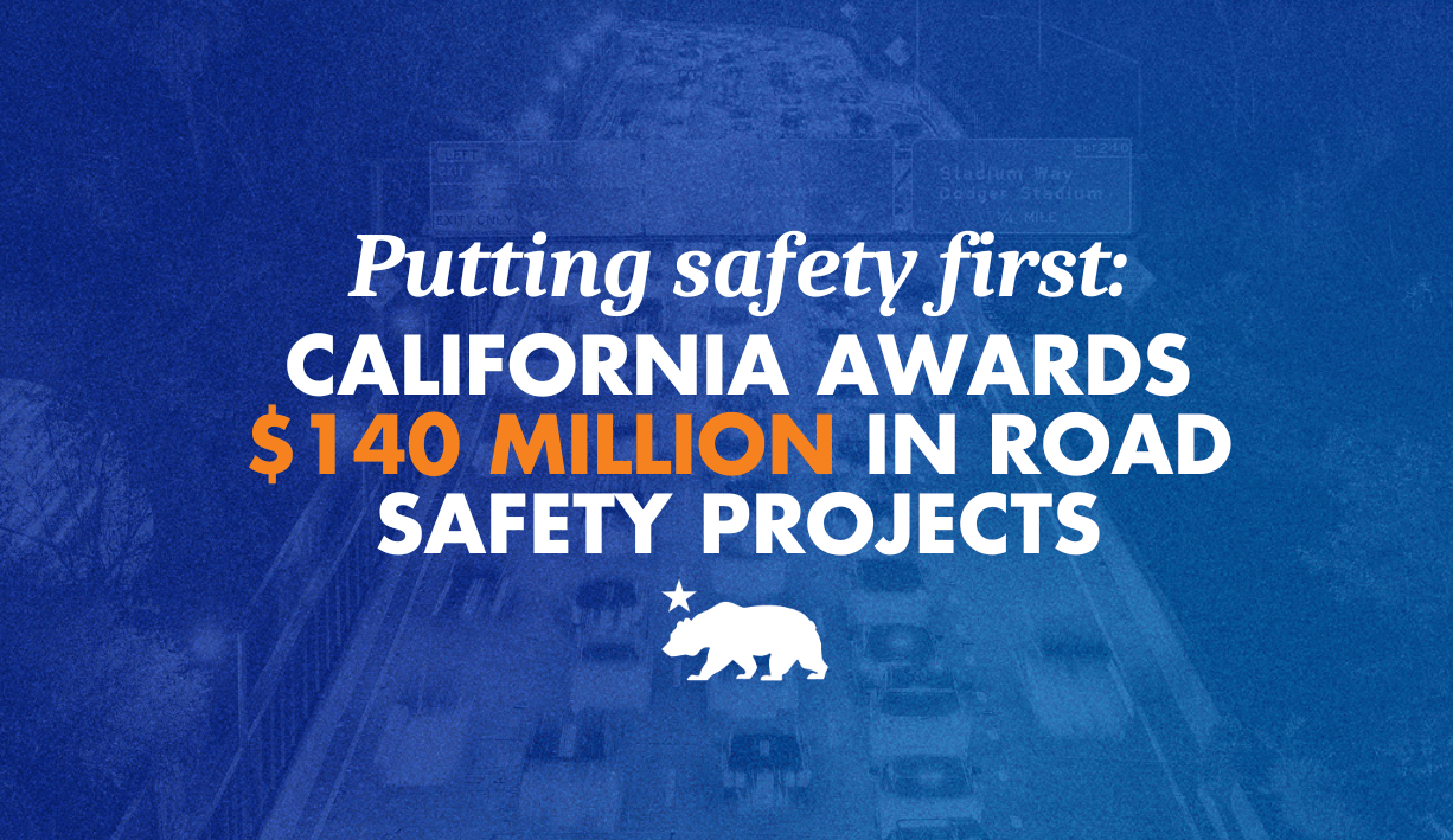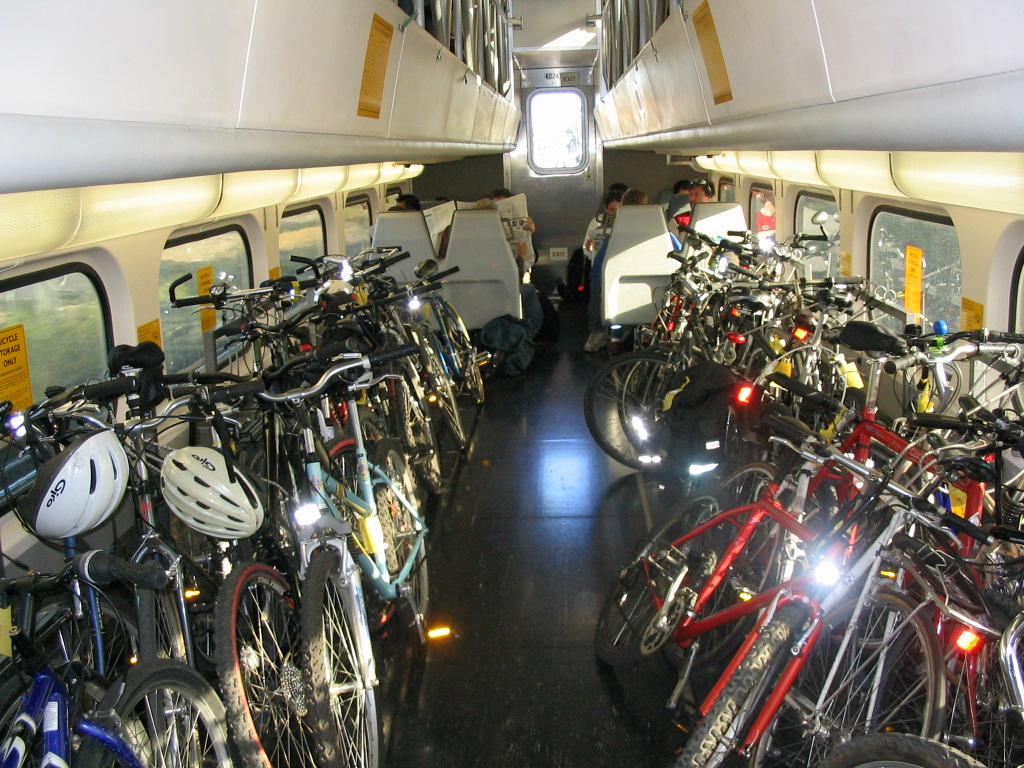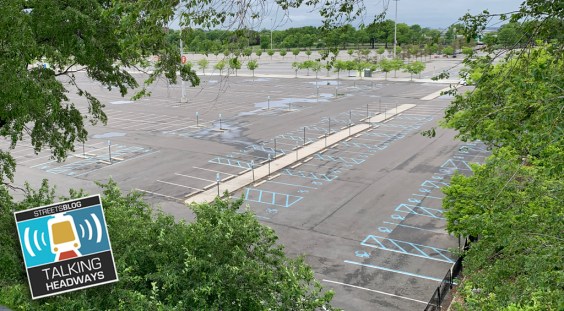This article via Calbike.
CalBike has 14 bills on its legislative watchlist this year, and almost half of them (six) are e-bike regulations. As we have documented repeatedly over the past couple of years, the swift rise in the popularity of e-bikes has led to an equally swift backlash. Local leaders have conflated legal e-bikes with illegal e-motorcycles improperly sold as e-bikes, imposed e-bike restrictions after car drivers killed people riding e-bikes, and generally painted e-bikes as the biggest menace on the roads today. So it’s no surprise that state lawmakers have taken notice, crafting a raft of bills designed to “fix” the “problem.” We would prefer to have just one e-bike bill that could garner bipartisan support; perhaps by the end of the session, legislators will have homed in on an approach to e-bike regulation that all stakeholders can agree on.
We aren’t supporting or opposing any of the e-bike bills at this time, but it’s worth taking a deeper dive into what we might call the E-Bike Slate to understand what regulations and threats to e-bike riding might be coming.
E-bike classification
The e-bike bills introduced this session fall into three categories: e-bike classification, rider regulation, and huh?(more on that third one in a minute). Classification is the most popular category, covering four of the six e-bike bills.
The popularity of e-bikes has led to new companies (and some familiar brands) marketing two-wheeled vehicles that may sort of meet the definition of an e-bike under California law but also violate it. Many of these bikes are sold as Class 2 e-bikes, which have a boost of up to 20 mph either through pedal assist or throttle. However, they can switch to different modes, including Class 3 and “off-road” with impermissibly high speeds, taking them out of compliance with e-bike classification.
Class 2 e-bikes don’t have age restrictions in state law; Class 3 e-bikes can only be operated by people 16 years and older, and all riders must wear helmets. The off-road speeds these bikes are capable of are often much faster than any e-bike is legally allowed to go. So, cleaning up the gray areas in e-bike classification is a good idea. We don’t feel that any of these bills, as currently drafted, fit the bill. But we’re working hard to change that.
One of the classification bills (AB 545, Davies) follows a similar bill from 2024 that clarified California’s e-bike classification system. This bill further defines e-bikes as having fully operable pedals and a motor of 750 watts or less. The purpose of this measure isn’t clear since the vehicle code section that outlines Class 1, 2, and 3 e-bikes starts with the sentence, “An “electric bicycle” is a bicycle equipped with fully operable pedals and an electric motor that does not exceed 750 watts of power.”
The other three classification bills seek to clarify the distinction between legitimate e-bikes, which can’t have an electric assist above 20 or 28 mph, depending on the class, and the many two-wheeled vehicles marketed as e-bikes that can go much faster than that.
SB 586 (Jones) creates a new classification for two-wheeled electric vehicles: eMotos. This new category wouldn’t need to register with the DMV like a motorcycle or moped but also wouldn’t be street legal and wouldn’t have operable pedals. In discussions, there’s broad agreement that many of the vehicles marketed as e-bikes aren’t truly street legal. However, we’re not sure this bill will solve the problem.
CalBike is most hopeful for SB 455 (Blakespear). The bill strengthens existing e-bike regulations and would penalize manufacturers and dealers selling high-speed motorized bikes to underage riders as e-bikes. This would solve one of the biggest problems caused by gray areas in e-bike classification and protect young riders. We are hoping to co-sponsor this bill as we work with the author and various stakeholders through issues with how best to disentangle legal e-bikes from vehicles that shouldn’t be marketed as e-bikes. It’s an example of the complexities of crafting laws that protect the public while not stepping on people’s rights and consumer choice.
AB 875 (Muratsuchi) takes a different approach to motorized cycles illegally marketed as e-bikes: encourage police to confiscate them. We never support laws that ask law enforcement to make judgments and mete out punishments on the fly, and we don’t think this is the right approach to solving the e-bike classification problem. Besides, police officers already have legal justification to impound illegal devices, so we sense this bill would not add much to existing local enforcement efforts.
Who should ride an e-bike?
A focus of much of the concern about e-bike safety has been young riders. Class 3 e-bikes, which have a top pedal-assisted speed of 28 mph, are already limited to riders 16 and above, but Class 1 and 2 e-bikes have no age limits.
Last year, California passed a bill allowing San Diego communities to pilot and study e-bike regulations, including limiting ridership by age. AB 965 (Dixon) would bring a similar pilot to Orange County. The bill would allow Orange County cities to limit Class 1 and 2 e-bikes to riders age 12 and over for a pilot period ending in 2030.
While we think bicycling is excellent transportation for young people, especially where communities have built the safe, protected bikeways CalBike advocates for. We are neutral on this bill and open to evaluating age-based restrictions on electric bikes based on the information collected during this pilot.
Do we really need this?
We’re not sure what the thought is behind AB 544 (Davies). Current law requires all bicycles to have a red rear reflector and more reflectors on the wheels, pedals, and frame. This bill would require e-bikes to have a rear red reflector or light that’s on at all times, visible from 500 feet. That’s one and a half football fields. How big would a reflector, or even a light, need to be to be visible from that distance? Would a light have to be the size of a car light?
While CalBike supports visibility, this measure seems impractical and unnecessary. It also puts the onus for visibility on bike riders, absolving car drivers from responsibility for being aware of other road users and sharing the road responsibly.
